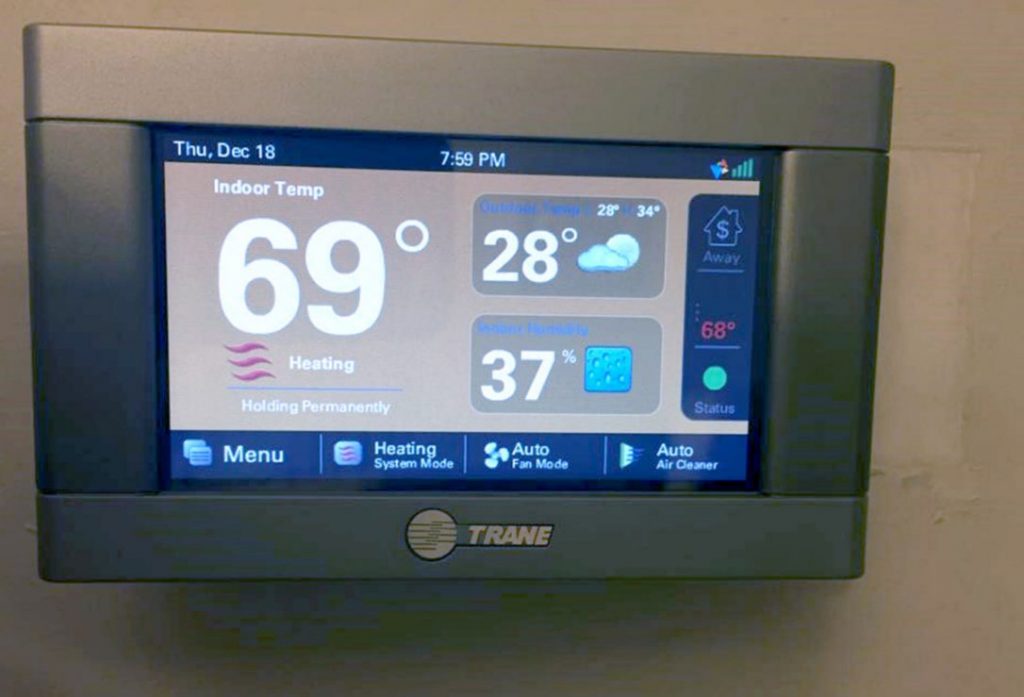
With the mercury peaking and the dog days of summer setting in, offices everywhere are fighting back the only way they know how: by cranking up the AC.
As great as that first wave of cool air feels when you step inside on a muggy day, many offices tend to be too cool. This isn’t just about comfort. A wide body of research suggests a link between workplace temperature and worker productivity. If employees are freezing, their output freezes as well. The problem is amplified during the summer, when office buildings typically blast the AC while workers wear lighter clothes.
“Given that we’re warm-blooded animals, there is an optimal range of temperatures for us inside buildings to allow us to be comfortable,” says Alan Hedge, director of the Human Factors and Ergonomics Laboratory at Cornell University. “The problem is that in most buildings, the temperature doesn’t really match what would be comfortable for human beings or an effective one to promote productivity.”
In a 2010 study published in the journal HVAC&R Research, Hedge and his collaborators measured productivity by monitoring employees’ computer activity, as well as how many errant keystrokes workers made. They found that those in offices with temperatures in the low 20s produced noticeably less output — and possibly made more mistakes — than their warmer counterparts. The differences were stark. Although the number of keystrokes somebody types is an imperfect measure of productivity, workers in an office that was 25 C produced more than twice as many as those in a 21-degree environment. In fact, productivity rose along with temperature in a linear fashion before plateauing in the mid-20s and dropping once again in the high 20s.
“When people are feeling cold, they will spend time trying to make themselves feel warmer by doing things like rubbing their hands or moving around the office,” Hedge says. “These aren’t bad things to do, but you’re not focusing on work. The cold is distracting.”
Due to some antiquated assumptions, the actual temperature of most office buildings tends to hover between 20 C and 23 C. This range comes from a model created in the 1960s intended to keep suit-wearing men comfortable, according to a 2015 study published in the journal Nature Climate Change. Not only does this result in a massive amount of unnecessary energy expenditure, but it also leaves women — who tend to have different thermal needs and less heat-generating muscle than males — out in the cold.
The issue has given rise to novel solutions such as Comfy, an app that aims to give office occupants personalized control over their workspace’s temperatures — rather than leaving it to management. And if you can get over the innate inefficiency of reheating air-conditioned air, there are also a number of small space heaters that are designed to fit into cubicles. Smaller models from brands such as Lasko and Tornado are tiny enough to evade scrutiny from strict office rules governing personal appliances.
To increase comfort and productivity, Hedge also suggests covering parts of the body that are most sensitive to the cold, such as the back of the neck, bare feet and ankles. If you can switch office chairs, upholstered seats may allow the body to maintain more warmth than ultra-breathable mesh models.
But the secret to solving this issue for good — and the environmental, cost, comfort and productivity hits that come with it — could be an idea from Japan: The “Cool Biz” campaign, launched in 2005, called for public offices to operate at about 28 C. By most accounts it’s been a success, saving companies cash, reducing CO2 emissions and even spurring demand for so-called Cool Biz clothing, which is designed to help workers stay comfortable in hot offices. If the research is right, it could also make for more productive employees.

